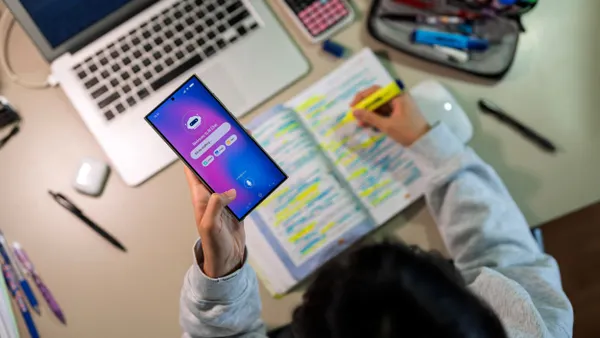Dive Brief:
- Two students on the Northwest Side of Chicago at Schurz High School designed a food computer through the Schurz Food Science Lab, combining AP environmental and engineering skills to brainstorm solutions to a future global food crisis.
- Ed Tech Magazine reports the food computer idea came out of the Open Agriculture Initiative at MIT, and the student design connects sensors in a controlled climate box to basic computer hardware and software, a camera and the internet.
- This year, additional students will make the concept operational, monitoring and growing food in a controlled environment and putting their science and engineering skills to use solving real-world problems.
Dive Insight:
Beyond the long-term global consequences of a warming earth on food production, millions of students experience hunger and food insecurity already because of poverty. While the National School Lunch Program and School Breakfast Program offer students from low-income families an opportunity to get up to two meals per day at low or no cost, many return home to inadequate dinners and struggle with hunger over the weekends and during the summer.
As teachers work to make lesson plans more relevant to students' lives and connect what they teach to the world in which students live, issues around access to food are an obvious choice. The Chicago implementation also hits the cross-disciplinary, three-dimensional focus of the Next Generation Science Standards, which urge a shift from having students learning about topics to figuring them out.






 Dive Awards
Dive Awards





